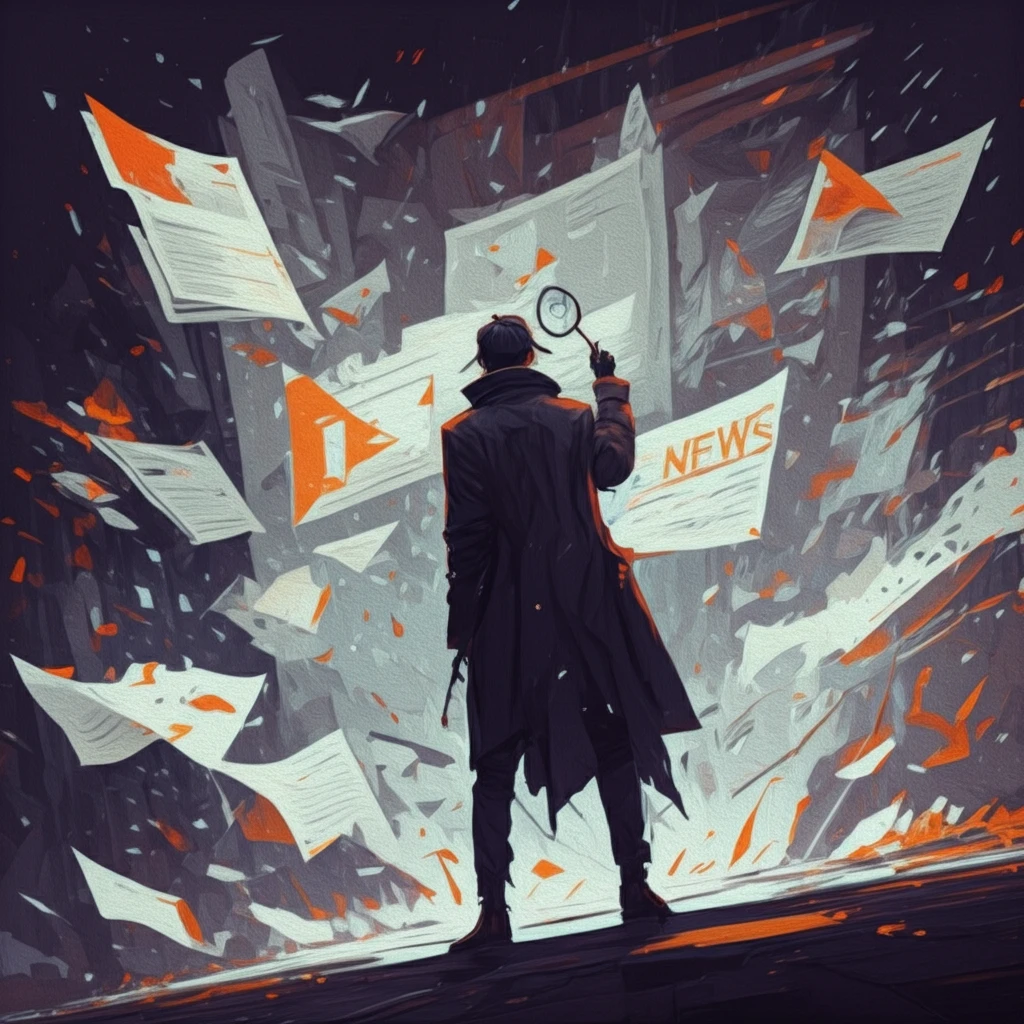
Fake News Fatigue? How to Spot the Truth in a Post-Truth World
"Discover the hidden game theory behind misinformation, and learn how to protect yourself from manipulation in today's digital landscape."
In today's fast-paced digital world, it's harder than ever to tell what's real from what's fake. Misinformation spreads rapidly through social media, news sites, and even word of mouth, making it challenging to stay informed and make sound decisions. This isn't just about being 'wrong'; it's about the erosion of trust in institutions, experts, and even each other.
One of the biggest challenges is that fake news often plays on our emotions and biases, making it more appealing and shareable than factual information. This creates what some call a 'post-truth' environment, where feelings matter more than facts. But don't despair! Understanding how misinformation spreads is the first step in defending yourself and promoting a more truthful world.
We're diving into the hidden game theory at play behind the spread of misinformation, revealing the tactics used to manipulate and deceive. More importantly, we'll equip you with practical strategies to spot fake news, protect your digital well-being, and become a more discerning consumer of information.
The Hidden Game: How Misinformation Spreads

Think of the internet as a giant game, where different players (news sources, social media accounts, even individuals) compete for your attention and belief. Some players play fair, sharing accurate and verified information. Others, however, use deceptive tactics to gain an advantage, spreading misinformation to influence your opinions or actions.
- Incentives: What motivates people to spread misinformation? It could be financial gain, political agenda, or simply the desire for attention.
- Strategies: What methods do they use? Common tactics include creating fake news sites, using bots to amplify messages, and exploiting emotional triggers.
- Equilibrium: What is the 'stable state' of the information market? Is it one where truth prevails, or where misinformation dominates?
Becoming a Truth Detective
The fight against misinformation is ongoing, but armed with these insights, you're better equipped to navigate the digital landscape. By understanding the tactics used to deceive and actively seeking out reliable information, you can protect yourself, promote a more truthful world, and make informed decisions in all aspects of your life. Remain skeptical, always verify, and encourage others to do the same. In numbers, it is easier to fight misinformation.
